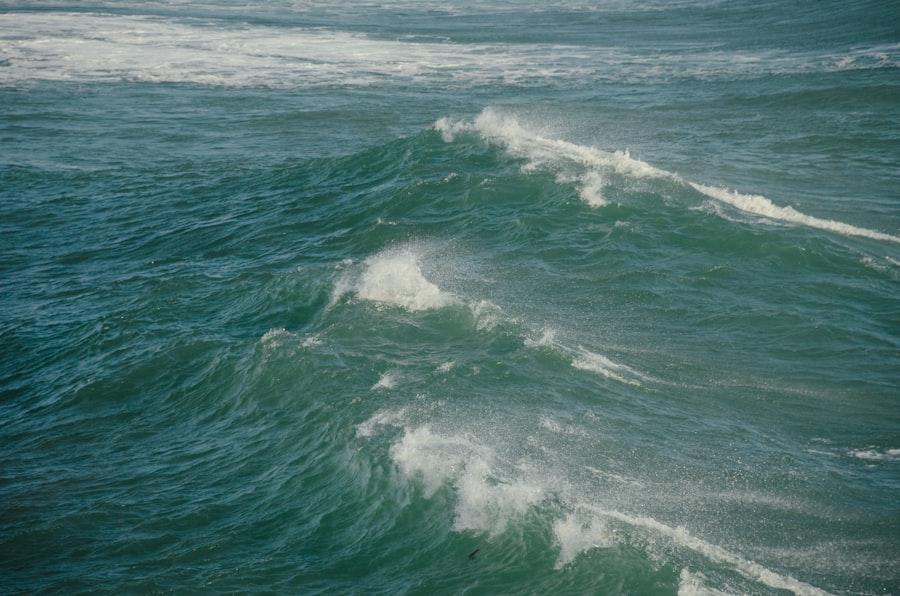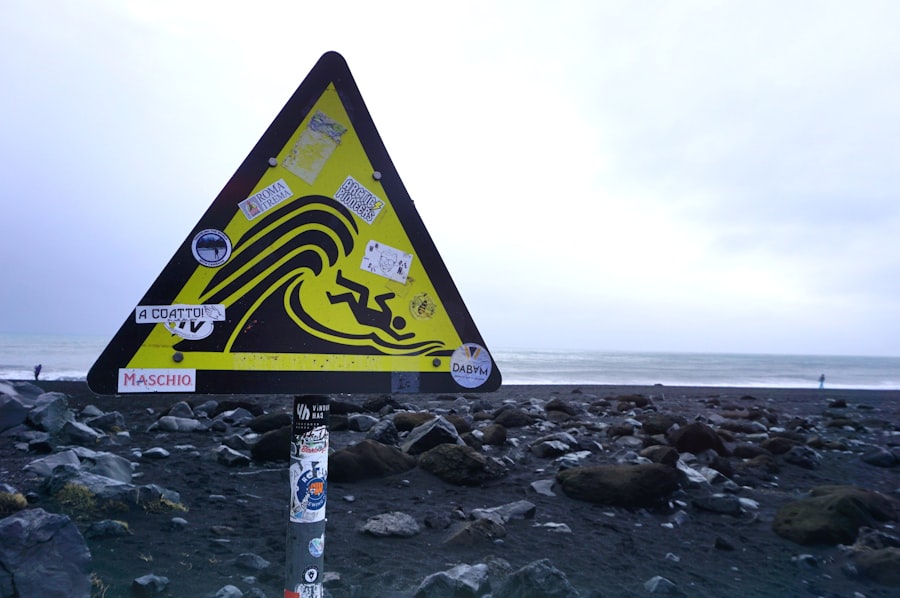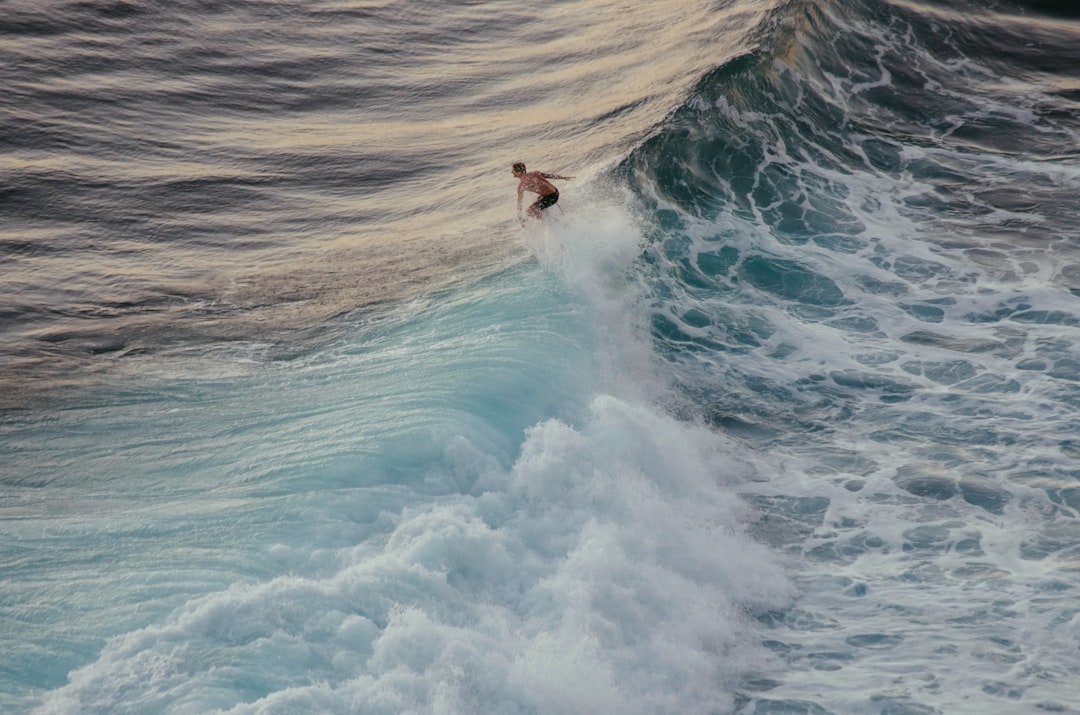The Drake Passage, a body of water that separates South America from Antarctica, is renowned for its tumultuous seas and unpredictable weather. Stretching approximately 600 miles, it serves as a critical maritime route for vessels traveling to and from the Antarctic region. Named after the English explorer Sir Francis Drake, who navigated these waters in the late 16th century, the passage has become synonymous with adventure and challenge.
Its unique geographical position not only makes it a vital link for maritime trade but also a focal point for scientific research and exploration. For many adventurers and sailors, crossing the Drake Passage represents a rite of passage, a test of skill and endurance against nature’s formidable forces. The waters are often characterized by their rough conditions, with waves that can reach heights of over 30 feet.
Despite these challenges, the allure of the passage remains strong, drawing travelers eager to experience the raw beauty of the Southern Ocean and the pristine landscapes of Antarctica. The Drake Passage is not merely a stretch of water; it is a gateway to one of the most remote and breathtaking regions on Earth.
Key Takeaways
- The Drake Passage is a treacherous body of water located between the southern tip of South America and the northern tip of Antarctica.
- The challenges of crossing the Drake Passage include extreme weather conditions, strong winds, and rough seas, making it one of the most dangerous sea crossings in the world.
- Proper planning and preparation are essential for crossing the Drake Passage, including choosing the right time of year, vessel, and experienced crew.
- Navigational techniques such as using modern technology, charts, and understanding the ocean currents are crucial for safely sailing the Drake Passage.
- Weather and sea conditions in the Drake Passage are unpredictable and can change rapidly, requiring constant monitoring and adaptation to ensure a safe crossing.
Understanding the Challenges of the Drake Passage
The challenges presented by the Drake Passage are multifaceted, encompassing both environmental and navigational difficulties. One of the most significant factors contributing to its reputation is the confluence of ocean currents that collide in this area. The Antarctic Circumpolar Current flows eastward around Antarctica, while the warmer waters from the Atlantic and Pacific Oceans converge here, creating a volatile mix that can lead to sudden and severe weather changes.
Sailors must be prepared for these unpredictable conditions, as they can shift from calm to chaotic in a matter of moments. Moreover, the passage is notorious for its strong winds, which can reach gale force and create treacherous sailing conditions. These winds can whip up waves that are not only high but also steep and closely spaced, making navigation particularly challenging.
For those unaccustomed to such conditions, the Drake Passage can be an intimidating experience. Understanding these challenges is crucial for anyone planning to traverse this iconic waterway, as it requires not only skill but also respect for the power of nature.
Planning and Preparation for Crossing the Drake Passage

Effective planning and preparation are essential for a successful crossing of the Drake Passage. Sailors must take into account various factors, including vessel type, crew experience, and timing. Choosing the right vessel is paramount; sturdy ships designed for rough seas are preferable, as they can better withstand the harsh conditions typical of the passage.
Additionally, having a well-trained crew familiar with sailing in challenging environments can make a significant difference in ensuring safety and efficiency during the journey. Timing is another critical aspect of preparation. The best time to cross the Drake Passage is during the austral summer months, from late November to early March, when weather conditions are generally more favorable.
During this period, temperatures are milder, and storms are less frequent, making it a more manageable time for crossing. However, even during this window, sailors must remain vigilant and flexible in their plans, as weather patterns can change rapidly. Thorough research and contingency planning are vital components of any successful expedition across this formidable stretch of water.
Navigational Techniques for Sailing the Drake Passage
| Technique | Advantages | Disadvantages |
|---|---|---|
| Dead Reckoning | Simple and traditional method | Dependent on accurate initial position |
| Celestial Navigation | Relies on natural celestial bodies | Requires clear skies and knowledge of celestial bodies |
| GPS Navigation | Highly accurate and reliable | Dependent on technology and satellite signals |
| Pilot Charts | Provides historical wind and weather data | May not account for current conditions |
Navigating the Drake Passage requires a combination of traditional seamanship skills and modern technology. Sailors often rely on a variety of navigational tools to ensure safe passage through these challenging waters. GPS systems provide precise location data, while radar helps detect other vessels and obstacles in low visibility conditions.
However, experienced sailors also emphasize the importance of traditional navigation techniques, such as celestial navigation and dead reckoning, which can be invaluable when electronic systems fail or when navigating through areas with limited satellite coverage. In addition to using technology and traditional methods, understanding local currents and tides is crucial for successful navigation. The complex interplay of ocean currents in the Drake Passage can significantly affect a vessel’s speed and direction.
Knowledge of these currents allows sailors to plan their routes more effectively, taking advantage of favorable conditions while avoiding areas where currents may pose additional challenges. This blend of modern technology and traditional knowledge equips sailors with the tools necessary to navigate one of the most challenging maritime routes in the world.
Weather and Sea Conditions in the Drake Passage
The weather in the Drake Passage is notoriously unpredictable, characterized by rapid changes that can occur within hours or even minutes. Sailors must be prepared for a wide range of conditions, from calm seas to violent storms. The passage experiences frequent low-pressure systems that can bring heavy rain, strong winds, and rough seas.
Understanding these weather patterns is essential for anyone attempting to cross this body of water. In addition to wind and rain, temperature fluctuations can also be significant in the Drake Passage. While summer months may offer milder temperatures, sudden cold fronts can sweep through, bringing icy conditions that pose additional risks to sailors.
It is crucial for those planning a crossing to stay informed about current weather forecasts and to be ready to adapt their plans accordingly. The ability to read weather patterns and respond quickly to changing conditions can mean the difference between a successful crossing and a perilous situation.
Safety Measures for Crossing the Drake Passage

Safety should always be a top priority when crossing the Drake Passage. Sailors must equip their vessels with essential safety gear, including life jackets, flares, first aid kits, and emergency beacons. Regular safety drills should be conducted to ensure that all crew members are familiar with emergency procedures and know how to respond in case of an incident.
Additionally, having a well-stocked supply of food and water is crucial for long crossings, as unexpected delays can occur due to weather or mechanical issues. Communication is another vital aspect of safety during a crossing. Vessels should be equipped with reliable communication systems that allow them to stay in contact with other ships and shore-based support teams.
This connectivity can be invaluable in emergencies or when seeking assistance. Furthermore, maintaining an open line of communication among crew members fosters teamwork and ensures that everyone is aware of their responsibilities during challenging situations.
Wildlife and Natural Wonders of the Drake Passage
Despite its reputation for rough seas, the Drake Passage is also home to an incredible array of wildlife and natural wonders that captivate those who venture through its waters. The region serves as a migratory route for various species of seabirds, including albatrosses and petrels, which can often be seen soaring gracefully above the waves. These majestic birds are not only a sight to behold but also play an essential role in the marine ecosystem.
In addition to avian life, marine mammals such as whales frequently inhabit these waters. Species like humpback whales, orcas, and minke whales are often spotted during crossings, providing an unforgettable experience for sailors lucky enough to witness their majestic presence.
Historical Significance of the Drake Passage
The historical significance of the Drake Passage cannot be overstated. It has long been a critical route for explorers seeking to navigate between the Atlantic and Pacific Oceans. Sir Francis Drake’s expedition in 1578 marked one of the first recorded crossings of this treacherous waterway, paving the way for future explorers and traders.
Over the centuries, countless adventurers have braved its waters in search of new lands and opportunities. In addition to its role in exploration, the Drake Passage has also been pivotal in scientific research. The unique marine environment has attracted researchers studying climate change, oceanography, and marine biology.
The passage serves as a natural laboratory where scientists can observe the effects of global warming on polar ecosystems and gather valuable data that contributes to our understanding of environmental changes affecting our planet.
Tips for Overcoming Seasickness in the Drake Passage
Seasickness is a common concern for those crossing the Drake Passage due to its notorious rough seas. However, there are several strategies that travelers can employ to mitigate its effects. One effective approach is to choose accommodations wisely; staying on deck or in areas with better ventilation can help reduce feelings of nausea.
Additionally, focusing on stable points on land or using techniques such as deep breathing can assist in alleviating symptoms. Another helpful tip is to consider dietary choices before and during the crossing. Eating light meals that are low in fat can help prevent discomfort while at sea.
Ginger tea or ginger candies are often recommended as natural remedies for seasickness due to their soothing properties. Staying hydrated is equally important; drinking plenty of water can help maintain overall well-being during turbulent crossings.
Recommended Gear and Equipment for Crossing the Drake Passage
When preparing for a crossing of the Drake Passage, having the right gear and equipment is essential for ensuring safety and comfort throughout the journey. A sturdy life jacket is non-negotiable; it should fit well and be easily accessible at all times. Additionally, waterproof clothing is crucial for staying dry during inclement weather; investing in high-quality rain gear will make a significant difference in overall comfort.
Other recommended gear includes durable footwear suitable for wet conditions, as well as gloves and hats to protect against cold temperatures and wind chill. A reliable pair of binoculars can enhance wildlife viewing opportunities while sailing through this remarkable region. Furthermore, bringing along personal items such as seasickness remedies or motion sickness bands can help individuals manage any discomfort they may experience during their journey.
The Ultimate Adventure: Crossing the Drake Passage
Crossing the Drake Passage is often described as one of life’s ultimate adventures—a thrilling experience that tests one’s limits while offering breathtaking views and unforgettable encounters with nature. For many sailors and travelers alike, it represents not just a physical journey but also an emotional one—a chance to connect with some of Earth’s most remote landscapes while embracing both challenge and beauty.
The sense of accomplishment felt upon successfully crossing this formidable passage is unparalleled; it serves as a testament to human resilience against nature’s might. Ultimately, crossing the Drake Passage is more than just a voyage; it is an adventure that leaves an indelible mark on those who dare to embark upon it.
The Drake Passage is notorious for its treacherous waters and unpredictable weather, making it one of the most challenging maritime routes in the world. Known for its dangerous waves, the passage is a critical point for sailors and researchers alike. For those interested in learning more about the geographical and historical significance of this perilous stretch of water, you can explore a related article on the topic by visiting this page. This resource provides valuable insights into the natural forces at play in the Drake Passage and the experiences of those who have navigated its formidable waves.
WATCH NOW! Drake Passage: Earth’s Deadliest Waters Revealed
FAQs
What is the Drake Passage?
The Drake Passage is the body of water between the southern tip of South America and the northern tip of the Antarctic Peninsula. It is known for its notoriously rough seas and strong winds.
Why are the waves in the Drake Passage dangerous?
The waves in the Drake Passage are dangerous due to the combination of strong winds, powerful currents, and the lack of any significant landmass to break up the waves. This creates a perfect storm for large, unpredictable waves.
How high can the waves get in the Drake Passage?
Waves in the Drake Passage can reach heights of up to 30 meters (nearly 100 feet) during extreme weather conditions.
Are there any safety measures in place for ships crossing the Drake Passage?
Ships crossing the Drake Passage are equipped with advanced navigation and stabilization systems to help navigate the rough seas. Additionally, experienced captains and crew are essential for safely navigating the passage.
Are there any alternatives to crossing the Drake Passage?
While the Drake Passage is the most direct route between South America and Antarctica, some cruises and expeditions offer alternative routes that may be less affected by the rough seas, such as the Beagle Channel or the Antarctic Peninsula.
